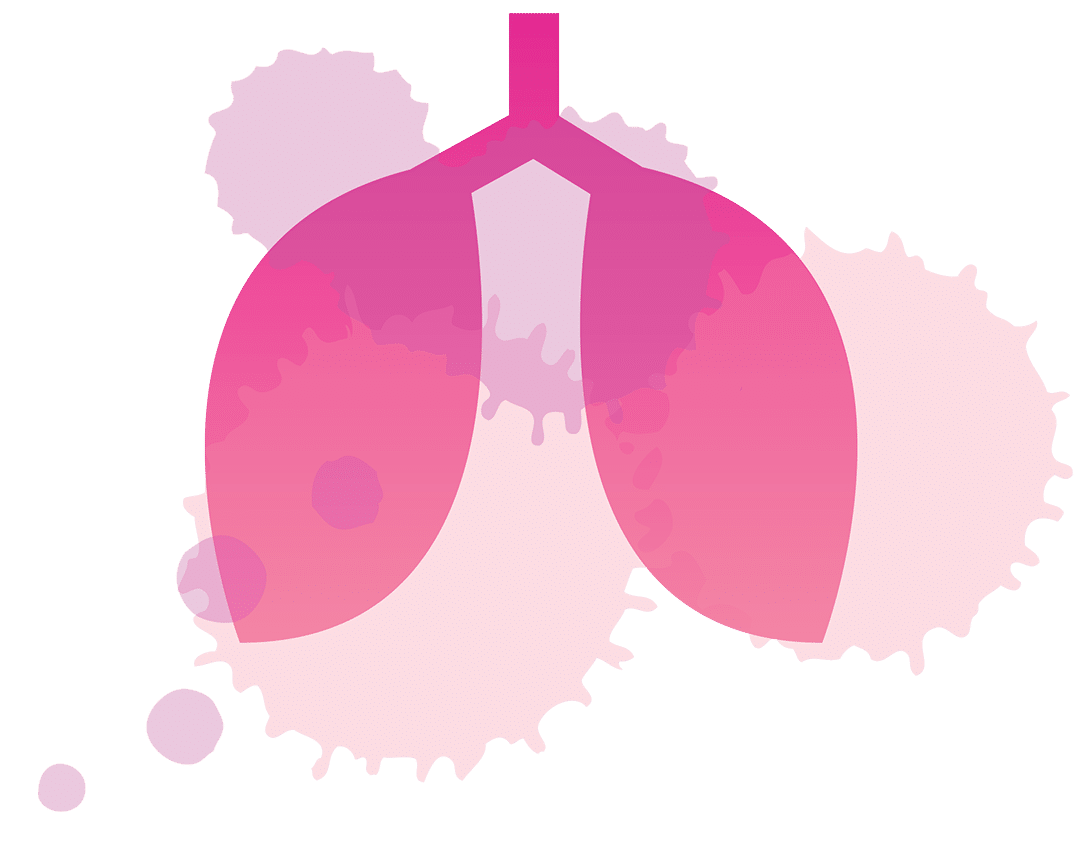Take A Breather: The Science of Respiration

Hello!
This is the first in a series of posts that take a deeper dive into the science of voice production. These in-depth articles are not necessary for engaging in our services; they are provided for those who are curious about the underlying mechanics. So don't hesitate to get outta here if it gets too boring or technical; there's a quicker overview of the basics of gender-affirming voice work here. As of February 2023, in addition to we've covered vocal hygiene and pitch production, aka phonation, with plans to provide more free education in the coming months!
Speech production is something many of us do every day. Whether it’s for one’s job or socialization, so much of our society is built around the voice. But how many of us can say we understand how the production of speech works beyond the basics? Why do we breathe in before we talk? What happens in the throat that makes the air vibrate? How does the passage through the mouth and nose shape and change the sound? And how does the human brain coordinate and execute the complex sequence of muscle contractions that results in the movement of teeth, tongue, lips and much more, to articulate speech?
If these are questions you're interested in exploring, this is the article for you!
A Respiration Explanation
The first step of producing voice is respiration, or the act of breathing; this takes place in the lungs, which reside in the chest, or thoracic cavity. Breathing in is referred to as inhalation or inspiration; breathing out is known as exhalation or expiration. When breathing, the lungs do not have a way to expand and contract on their own! Instead, we activate muscles surrounding the organ, which pulls the lungs out and down to inhale.
Respiration Simulation
Not all breaths are the same! Use the prompts below to explore these different patterns of respiration.
Tidal Breathing: Breathe in and out as calmly as you do when you're at rest, feeling the muscles activate when you breathe in, and how no force is needed to breathe out. Time how long it takes you to breathe in, and how long it takes to breathe out.
Speech Breathing: Read the opening paragraph of this article out loud; pay attention to how different the inhalation and exhalation feel when compared to tidal breathing. Time your inhale and exhale, and compare these times to the tidal breathing results. Are they different, the same?
The takeaway: Tidal breathing (usually) feels different than breathing for speech. Tidal breathing is a cycle of roughly 40% inhalation and 60% exhalation, and the exhalation is passive, meaning no muscles are activated to do it. However, when breathing for speech, the cycle is roughly 10% inhalation and 90% exhalation!
Major Muscles of Inhalation
Diaphragm
Simulation
Description
The diaphragm is a sheet of muscle that makes up the bottom of the thoracic cavity, separating the lungs from the abdominal cavity (location of the kidneys, stomach, intestines, etc). When the diaphragm is at rest, it's shaped like a dome.
Activation
When the diaphragm contracts, it pushes the contents of the abdominal cavity down and out so the lungs can expand down and out. This also moves and massages the organs in the thoracic and abdominal cavities, gently moving the contents to aid in digestion.
Intercostal Muscles
Location
The intercostal muscles are located in between the ribs. They are arranged in three layers of distinct muscles; from outermost inward, they are the external intercostals; the internal intercostals; and the innermost intercostals.
Description
The intercostals connect each rib to the ones above and below it. Each layer of muscle grows in a different direction so that they can accomplish different things when activated.
Activation
When the external intercostals contract, they lift the ribs up and out slightly so the lungs expand to fill the empty space. Both the internal intercostals and innermost intercostals are used during forced expiration (actively pushing air out of the lungs, as opposed to letting them return to rest passively) and to slow down the shrinking of the lungs during breathing for speech.
How Inhalation Works
During inhalation, the diaphragm contracts, expanding the thoracic cavity by pushing our abdominal cavity organs down and out. The lungs expand to fill the empty space, which results in a pressure drop in our lungs. Due to the pressure difference between our lungs and our surrounding environment, air rushes in to fill the space (this is known as Boyle’s Law). The air travels into the lungs and reaches the alveoli, which transfer the oxygen to the blood in exchange for carbon dioxide.
How Exhalation Works
Thanks to the heat our bodies produce, the air in our lungs begins to increase in temperature. As the air heats up, it expands and the pressure in our lungs increases (this is known as Charles’ Law. The lungs also begin to decrease in size due to wanting to return to a resting position (or elasticity), which increases the pressure as well. At this point, the air in our lungs is at a greater pressure than the pressure in our environment. Thanks again to Boyle’s Law, the air rushes back out of the body and out into the environment.
By gently activating the muscles of inhalation alongside other muscles, such as the inner layers of intercostal muscles, one slows down how quickly air exits the lungs to a rate we can use for speech. This slower air travels up the trachea and through the larynx. It is here that the next stage of speech production occurs: phonation! We'll talk more about this next step in a later post. For now, let me know if you have any questions about breathing that were not answered in this post!
Take care,

Leave a Comment
(0 Comments)